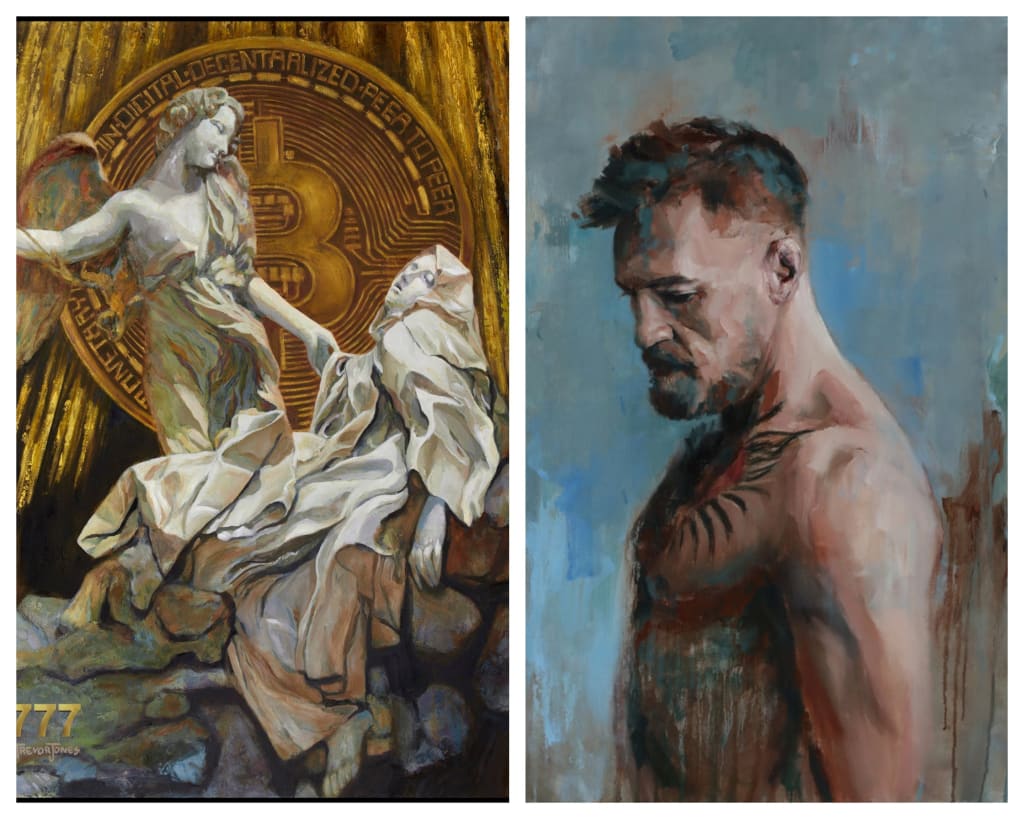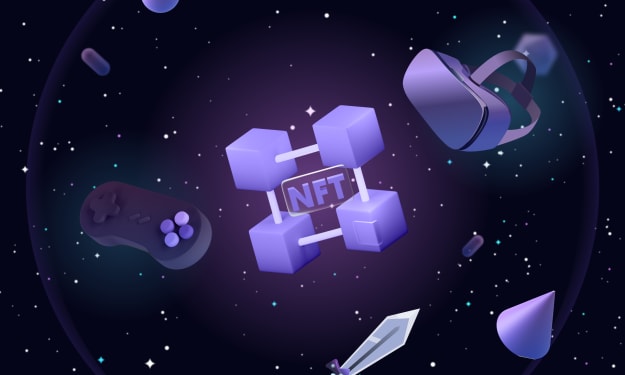
Both the digital and traditional sides of art collectors will argue that their camp is better, safer, and generally more reliable. NFT Development company The truth is that they are not the same and probably never will be.
The main differences between NFTs and traditional art focus on the following:
Creation
Ease of access
Authenticity
Preservation
status symbol
Market
Legitimacy
market scope
artists
Creation
The main difference between NFT art and traditional art is that NFTs are completely digital items that can only exist in digital wallets on a specific blockchain . In fact, anyone can create an NFT and sell it on an NFT marketplace . Additionally, the NFT marketplace is heavily populated by generative art , such as the CryptoPunks collection .
Traditional art is physical art and can only exist within a single physical space at a time.
Ease of access
Comparing NFT to traditional art brings to our attention a huge problem with access to art.
Anyone can admire digital art if the NFT is exhibited in, say, a digital gallery. Nowadays, with the explosion of the digital art market, you can see the latest NFTs on marketplaces like OpenSea or Rarible . For example, anyone can admire the most expensive NFT ever sold, Beeple’s “Everydays: The first 5000 days” .
However, this is not the case with traditional art. You should visit a specific museum or gallery (in real life) to admire traditional art.
Authenticity
One of the main differences between NFT art and traditional art is that it is much easier to verify the ownership and authenticity of an NFT. Take this CryptoPunk NFT listed on OpenSea. Anyone can easily check all listings and transfers of the item since its creation.
Blockchain ledgers offer the same transparent details about the operations of any NFT from its inception to anyone with an internet connection. You can simply check the contract address of the artwork to see if it is an authentic item.
Traditional art uses physical certificates of authenticity that are often signed by the artist himself. As with any physical document, these too are threatened by fraud and scams.
Preservation
Another fundamental difference between traditional art and digital art is the aspect of preservation. Traditional art needs to be kept under a specific temperature and lighting , while digital art doesn’t. DaVinci’s Salvatore Mundi is not in its best shape and has undergone numerous repairs , as it is over 500 years old.
status symbol
Since the creation of our world, art has been a status symbol for the wealthy . However, they can only exhibit the art in a gallery or in their own home, where not many would see it. But with the internet, anyone with an NFT can post it to any social media channel for the whole world to see . Some NFTs, like the Bored Ape Yacht Club, also serve as entrance tickets to exclusive parties, which are frequented by celebrities.
market manipulation
As with anything in the digital space, successful crypto and NFT projects rely on a strong marketing campaign.
While we think we are used to all kinds of marketing tactics, blockchain projects use aggressive campaigns. They often hire influencers and entire groups to favor their product over the competition. A good online presence is a dream for any NFT Development services project and is likely to bring more fans to the sales page. As with anything in the blockchain world, FOMO is a great tool for the seller.
However, this does not work the same when it comes to traditional art. There are far fewer collectors of traditional art and they are not so easily impressed.
Legitimacy
NFT art is not yet as regulated as traditional art, and some may see opportunities for illegal activities , such as money laundering. Although NFTs have all transactions recorded on the blockchain , it is difficult to verify the identity of the seller and the buyer.
Traditional art requires signatures and physical documents, which makes it very difficult to use in money laundering.
market scope
Using the power of the Internet, NFT artists can reach a much larger mass and potential buyers than any traditional art house . NFTs benefit from the massive reach of NFT marketplaces (OpenSea, Rarible, Mintable), while traditional art pieces are usually sold through physical auctions which have a much smaller reach.
artists
Anyone can create an NFT and become an artist , while traditional artists still require research from industry experts before selling their first piece for sizable sums.
The traditional industry still has hierarchical levels, and only a few are recognized as artists during their lifetime, while the hype of NFT can propel anyone in front of a large public willing to buy digital art.
Additionally, NFT artists may be entitled to a portion of any future resale of digital art, while traditional artists may not receive royalties after first selling their art.
NFT Art vs Traditional Art: Which is Better?
NFT art has the potential to transform the creative industry . However, it is only just in its infancy, and now we are witnessing the beginning of something that will feel commonplace for future generations. Space is getting more and more crowded, and not all NFT art is good.
While NFT art features clear attributes over traditional art, such as a detailed history of sellers and buyers, it’s hard to declare one is better than the other . Each of them has a different and specific purpose, and occasionally these purposes overlap: status symbols and artists.
We’re all excited to see more of the NFT art space, but that doesn’t mean traditional art is going to lose popularity. Only time will tell which is better or how both can help our world, but the truth is that the world needs better artists and greater works of art.
About the Creator
Boopathi
Digital Marketer , SEO Analyst






Comments
There are no comments for this story
Be the first to respond and start the conversation.